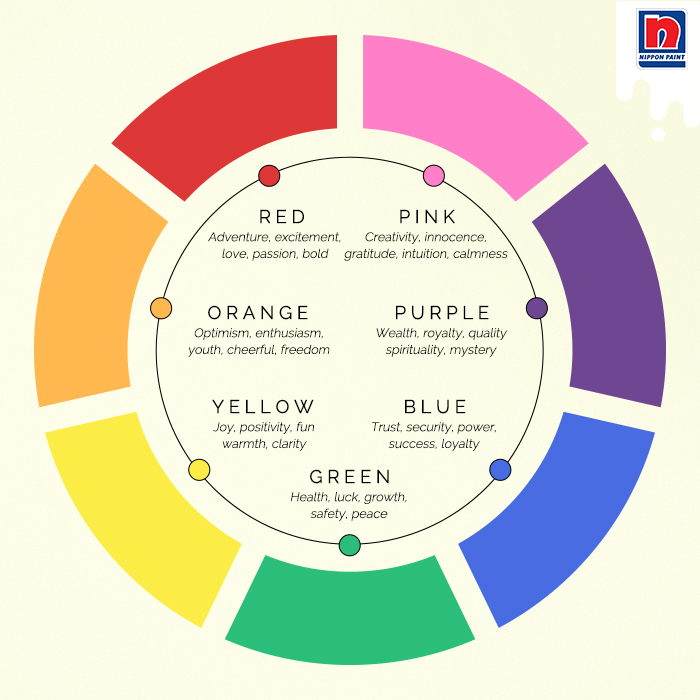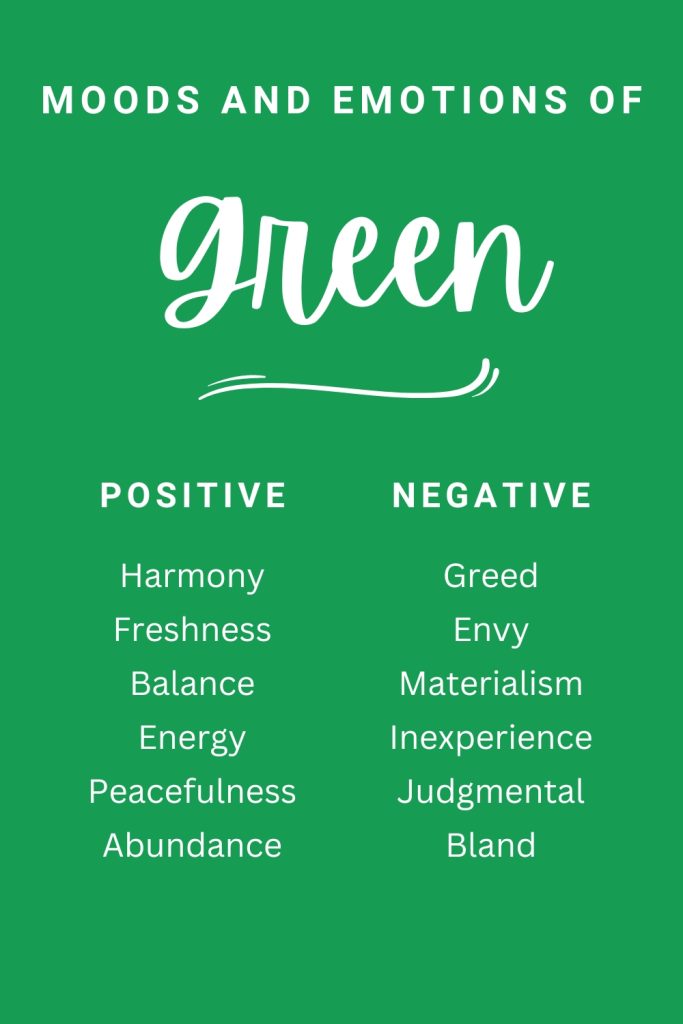Gallery
Photos from events, contest for the best costume, videos from master classes.
 |  |
 |  |
 | |
 |  |
 |  |
 |  |
St. Patrick’s Day usually conjures images of partying, Catholicism, Irish nationalism and, perhaps most famously, the color green: green clothes, green shamrocks, green beer and green rivers. How Green Became Associated With St. Patrick’s Day and All Things Irish. 3 minute read. By Olivia B. Waxman. The color green cropped up again during an effort in the 1790s to bring To save you scrolling, you’ll find some speedy need-to-knows about the first color associated with St. Patrick’s Day below: 1. Yep, it all began with blue, not green. Although people wear green on St. Patrick’s Day, early depictions of St. Patrick show him clothed in fine blue robes. In fact, in Saul Church, which is on the site where St St. Patrick’s Day usually conjures images of partying, Catholicism, Irish nationalism and, perhaps most famously, the color green: green clothes, green shamrocks, green beer and green rivers. Beer, clothes, monuments, and even rivers will turn green to celebrate St. Patrick’s Day, but did you know that green wasn’t always a color associated with Ireland's patron saint? Patrick was Yet green remains the color associated with St. Patrick’s Day and Ireland throughout the world, largely due to the Catholic diaspora and its association with nationalism. As many people find green to wear today and head to a local pub for a green beer, the meaning behind St. Patrick’s Day goes beyond color and pinching. (WHTM) — Wearing green is one of the most important aspects of Irish culture and celebrating St. Patrick’s Day, but not everyone knows why people wear green when celebrating the holiday worldwide. According to TIME Magazine, green was not always the color associated with Ireland. In fact, blue was the color associated with the country [] By the 1930s, the custom of wearing green on St. Patrick’s Day had become so widespread that even President Franklin D. Roosevelt, who was of Dutch ancestry, joined in.An article published on St. Patrick’s Day, celebrated every March 17th, is associated with the color green, a tradition that has a rich and colorful history. Why we wear green on St. Patrick’s Day: The tradition of wearing green on St. Patrick’s Day is tied to Ireland’s nickname, “The Emerald Isle,” and its green-striped national flag. Green became associated with St. Patrick’s Day in the 18th century when Irish nationalists adopted the shamrock as a symbol against British rule. Before this, St. Patrick was traditionally depicted in blue, a colour linked to early Irish sovereignty. St. Patrick's Day also used to be associated with the color blue. However, as other countries started celebrating it in more modern times, green became associated with the day because Irish Yet green remains the color associated with St. Patrick’s Day and Ireland throughout the world, largely due to the Catholic diaspora and its association with nationalism. Today, green is a proud symbol of Irish heritage, worn by people all over the world on St. Patrick’s Day. Other Colors Associated with St. Patrick’s Day. While green is the most prominent color associated with St. Patrick’s Day, other colors also play a significant role in the holiday’s celebrations. Why Do People Wear Green on St. Patrick's Day? Green has become the defining color of St. Patrick's Day, but this was not always the case. Blue was originally associated with St. Patrick. Beyond the Colors: The Spirit of St. Patrick’s Day. While the colors of St. Patrick’s Day hold deep historical and cultural significance, it’s important to remember that the true essence of the holiday lies in its spirit of celebration, community, and cultural pride. Yet green remains the color associated with St. Patrick’s Day and Ireland throughout the world, largely due to the Catholic diaspora and its association with nationalism. However, blue still plays a symbolic role in Ireland: Since 1945, the flag representing the president of Ireland has a gold harp with a dark blue background – the color According to TIME Magazine, green was not always the color associated with Ireland. TIME says the origins of the wearing of green clothing in the United States on St. Patrick’s Day date back St. Patrick’s Day usually conjures images of partying, Catholicism, Irish nationalism and, perhaps most famously, the color green: green clothes, green shamrocks, green beer and green rivers. What Was St. Patrick’s Day’s Original Color? Before the sea of green flooded every street and city skyline on March 17th, the original color associated with St. Patrick was a shade of light, sky-toned blue—a hue that has come to be called “St. Patrick’s Blue.”
Articles and news, personal stories, interviews with experts.
Photos from events, contest for the best costume, videos from master classes.
 |  |
 |  |
 | |
 |  |
 |  |
 |  |